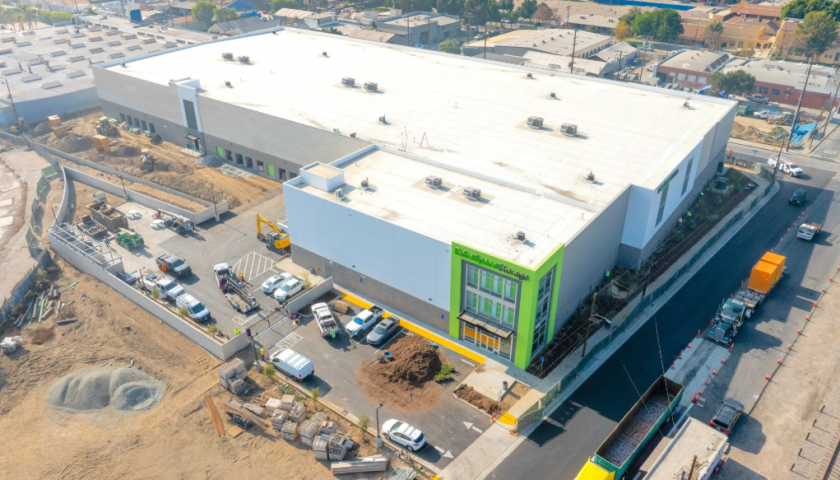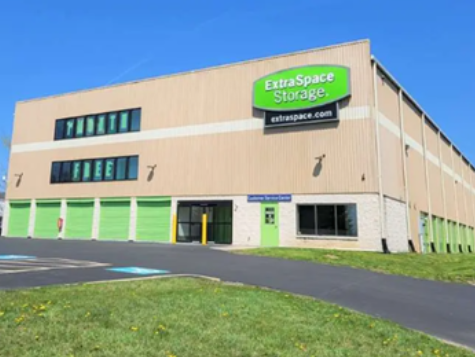Over the last twelve months, the self storage industry has gone from a desirable asset class to one of the most sought-after investments in the commercial real estate landscape. The uncertainty of the COVID-19 pandemic created a pause but 2020 would demonstrate very strong year-over-year rental growth and occupancy across most major markets. With strong performance during and emerging from the pandemic, we have seen a wave of new inventory hit the market for sale and record pricing in many markets. What is driving this wave of inventory? What is increasing pricing? How can owners take advantage of this hot market?
New Inventory on Market
Reaching Stabilization: The last half of 2017 and all of 2018 and 2019 delivered record numbers of construction and deliveries nationwide. Many of these new development projects were concentrated in growth markets. These assets have been reaching stabilization over the last 12 months and developers are looking to exit at stabilized values.
Tax Changes: Many local owner-operators or owners with plans to cash out have been motivated by the potential capital gains and 1031 tax code changes proposed in Washington. The proposal to increase capital gains taxes from ~20% to potentially ~38% has many owners looking to cash out before those changes take effect or capital gains rate increases.
Increasing Property Values
Capital: Historically, the buyer pool has been dominated by the private buyer space, averaging close to 50% of total dollar volume 2017-2020. Through Q1 of 2021, REITs and institutional buyers have accounted for close to 75% of acquisitions by dollar volume. (source)
The availability of funds is as high as it has ever been and the expectations for returns are primarily on a forward-looking basis. Buyers are looking at five to seven-year projections, allowing sellers to sell at lower in-place cap rates.
Demand: With many markets seeing a surge in population growth through 2020 as people left “lockdown”, investors in search of more opportunities have seen occupancy hit record levels and strong rent growth. As these emerging markets continue to see high demand and growth, we should continue to see net operating income grow and drive values up.
What Should Owner’s Do?
With potential capital gains rate increases and elimination of 1031 exchanges, now is a great time to evaluate the situation and consider selling. Cap rates are low, demand is high and buyers are in abundance. If you’re holding long-term, now is a great time to refinance and lock in a historically low rate or pull equity out of your property. If you’re not looking at a capital event and occupancy is high, work on driving your revenue. Regardless of your position, now is a great time to revisit your position and reach out to your broker or advisor to weigh your options.
Jordan Farrer is an Investment Associate with The LeClaire-Schlosser Group of Marcus & Millichap. He can be reached at Jordan.Farrer@MarcusMillichap.com or visit The LeClaire-Schlosser Group at LeClaireSchlosserGroup.com





